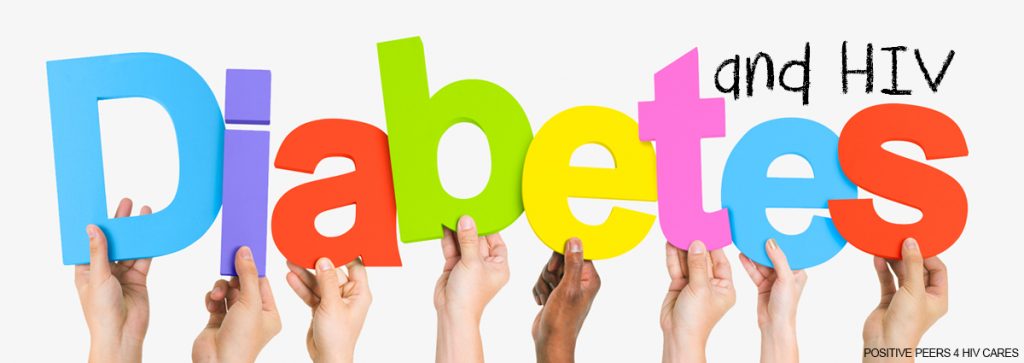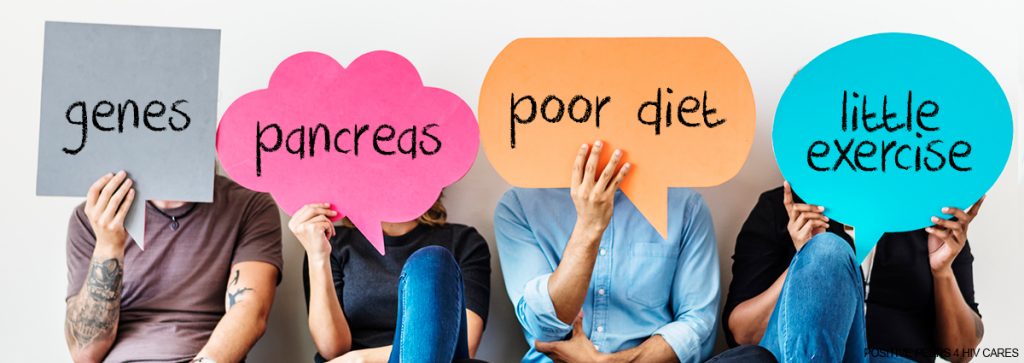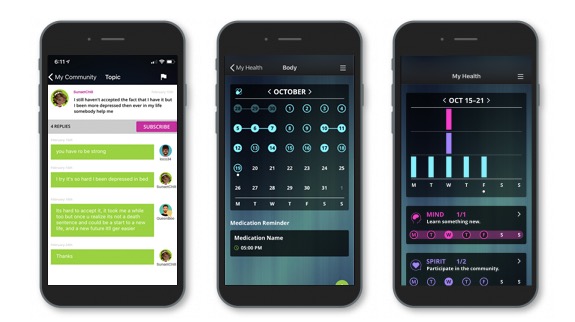
By: Ann K. Avery, MD, Infectious Disease Physician at MetroHealth Medical Center
Here at Positive Peers, we’re all about you living healthy and happy. Today we’re going to dive into a common health condition that can be kind of confusing — diabetes. We’ll go over what it is, who is at risk, and what you can do to prevent it from interfering with your life.
What is diabetes anyway?
You’ve probably heard of diabetes before, maybe in commercials or on TV. But what exactly is diabetes? We’ll need a little bit of biology to explain this condition.
Your pancreas is an organ behind your stomach that helps regulate your blood sugar by making a chemical called insulin. When you have diabetes, your blood sugar levels get out of whack for one of two reasons: either your pancreas doesn’t make enough insulin (that’s Type 1 diabetes), or the cells in your body don’t respond properly to the insulin your pancreas makes (Type 2 diabetes).
Diabetes can be caused by a few different things. For people with Type 1 diabetes, it’s all in the genes. While you can control your blood sugars with insulin, diet, and exercise, this type doesn’t go away. For Type 2 diabetics, your diet and exercise play a huge part, and making those changes makes a big difference. While neither type goes away completely, Type 2 can go into remission if properly controlled.
It can be overwhelming to find out you have diabetes, and if left uncontrolled, it can also lead to other health issues such as heart disease, kidney disease, stroke, or blindness.
Right now, there are over 29 million Americans living with diabetes. That’s about 1 in every 10 people. On top of that, 1 in 3 adults are prediabetic, which means their sugar levels are slightly higher than normal, but can be lowered before developing into Type 2 diabetes. One way to think of prediabetes is to picture a yellow traffic light. It warns you to slow down, in this case by changing your lifestyle.
Some of the most common symptoms of diabetes are frequent urination, dehydration, feeling thirsty all the time, unintended weight loss, nausea, and vomiting. So how do you know for sure if you have it? Diabetes and HIV are kind of similar in this way — you might only have a few symptoms, or none at all, that something isn’t right.
Who is at risk?
People with Type 1 diabetes have different risk factors than Type 2 diabetics. These folks may produce less insulin because of disease or infection that damaged the pancreas, or may have been born with diabetes due to genetics (thanks, fam 😊). Since these are risk factors you can’t control, we’ll talk about prediabetes and Type 2 from here on out.
The American Diabetes Association has a 2-minute test you can take that will help you tell if you’re at risk for prediabetes. Be sure to check out this video as well — it explains the test and Type 2 Diabetes prevention.
Some risk factors include:
- Type 2 diabetes runs in your family
Do you have a parent, grandparent, or sibling with Type 2 diabetes? If you answered yes, then you may have a higher risk for developing it yourself.
- You’re eating lots of processed foods
What you eat plays a big part in your prediabetes risk too. Folks talk a lot about clean eating, some of which can sound a bit silly, but eating less processed foods and foods with less sugar is a good idea if you want to reduce your risks for prediabetes and Type 2 diabetes.
- You’re not getting enough physical activity
Exercising and being physically active will also help keep you healthy. Some form of physical activity for at least 30 minutes a few times a week is recommended, whether it’s a long, sweaty run, or just a walk around the block.
If you’re living with HIV, you already know many of the self-care habits that will help prevent or manage other conditions like diabetes, including eating right, exercising, and watching your stress levels. However, some medications for HIV can increase blood sugar levels. This is one more reason it’s a good idea to keep up with regular visits with your HIV provider.
Come join our private, stigma-free, supportive community.
Health management tools with medication & appointment reminders.
Social networking in a community conversation & private chats.
What can you do about it?
Folks living with HIV can probably relate to living with diabetes in a lot of different ways. Many people with diabetes have to be on medication for the rest of their lives, just like people living with HIV.
Diabetes is also an illness that you have forever because there isn’t a cure for it yet, but Type 2 diabetes can go into remission, which means their blood sugar levels are back to mostly in the normal range without medication. That sounds a lot like HIV levels becoming undetectable, right? Some people might not even need to take insulin after making lifestyle changes like diet, exercise, and managing their stress levels, but you should always check with your doctor first.
You got this!
If you’re already living with and managing HIV, then you probably realize it’s better to know your status so you can take care of yourself. Learning more about your body is the first step to take in knowing what you can do to live a healthy life.
Do you know someone who might benefit from this info? Consider sharing the article! Remember, 1 in 3 people are prediabetic — someone you know might be wondering the same thing you are. The more you know, the more prepared you’ll be to take charge of your health and your life!
Related Blogs:
Positive Peers is made possible through a U.S. Department of Health and Human Services Health Resources and Services Administration, HIV/AIDS Bureau Special Projects of National Significance (SPNS) Grant to The MetroHealth System. Click here for more information about the SPNS grant initiative.
Positive Peers is a private app for young people living with HIV. Learn how you can earn rewards for your participation.




